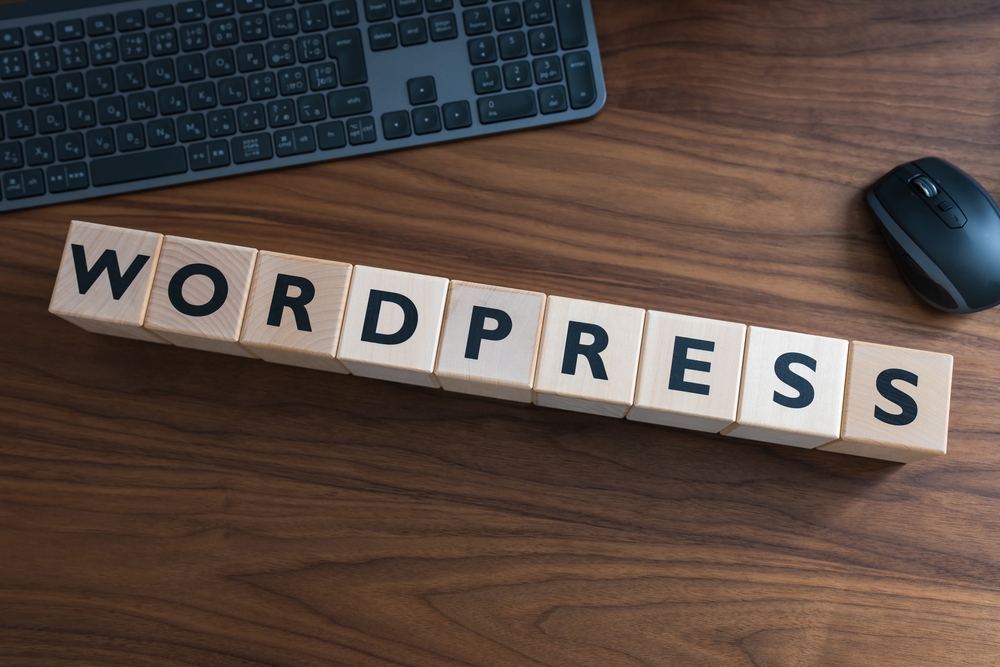
Mastering WordPress: Essential Tips & Tricks for Customizing and Maintaining Your Website

WordPress has become the go-to platform for creating and managing websites, and for good reason. With its user-friendly interface, powerful customization options, and vast plugin library, WordPress allows users to create stunning websites without the need for coding knowledge. Whether you are just starting out or have been using WordPress for years, there are always new tips and tricks to learn to enhance your website. In this article, we will explore essential tips and tricks for customizing and maintaining your WordPress (the platform for bloggers) website.
1. Choosing the Right ThemeThe first step in customizing your WordPress website is selecting the right theme. WordPress offers a range of free and premium themes, each with its own unique design and functionality. When choosing a theme, consider the purpose of your website and the features you require. Look for a theme that is responsive, as this ensures your website will look great on any device. Additionally, check for good user reviews and a reliable support system.
2. Installing Essential Plugins
Plugins are one of the greatest strengths of WordPress (WP) , allowing you to easily add functionality to your website. Some essential plugins to consider include:
a. Yoast SEO - optimizing your website for search engines.
b. WooCommerce - creating an online store.c. WP Super Cache - improving website speed and performance.
d. Contact Form 7 - adding forms to your website.
Before installing any plugin, research its reviews, updates, and compatibility with your WordPress (or WP) version. Too many plugins can slow down your website, so be mindful of the ones you choose to install.
3. Customizing Your ThemeOnce you have your theme in place, it's time to customize it to align with your brand and personal style. WordPress (the blogging platform) offers a range of options to customize your theme, including:
a. Customizing the header and footer.
b. Changing fonts and colors.c. Adding custom CSS code.
d. Uploading your logo.
These customization options can typically be found in the theme settings or the WordPress customizer. Experiment with different combinations to create a unique and visually appealing website.
4. Optimizing for SpeedPage speed is crucial for user experience and search engine optimization. Slow-loading websites tend to have higher bounce rates and lower rankings in search results. To optimize your WordPress website for speed:
a. Compress and optimize images before uploading them.
b. Use caching plugins like WP Super Cache or W3 Total Cache.c. Minify CSS and JavaScript files.
d. Choose a reliable and fast hosting provider.
Regularly test your website's speed using tools like PageSpeed Insights or GTmetrix to identify any bottlenecks and make the necessary optimizations.
5. Regular Updates and BackupsWordPress regularly releases updates to improve functionality, security, and performance. Ensure your website is always running on the latest version of WordPress, plugins, and themes. Regular backups are equally important to protect your website from data loss. Set up automatic backups using plugins like UpdraftPlus or BackupBuddy. These backups will come in handy if anything goes wrong during updates or if your website falls victim to hacking or malware.
Frequently Asked Questions:
1. How do I install a new WordPress theme?To install a new WordPress theme, log in to your WordPress dashboard, navigate to "Appearance" > "Themes," click on the "Add New" button, and search for a theme or upload a theme zip file. Once installed, activate the theme.
2. How can I improve my WordPress website's security?
To enhance the security of your WordPress website, consider the following steps:- Use strong and unique passwords.
- Enable two-factor authentication.
- Limit login attempts using a plugin like Wordfence.
- Regularly update WordPress, plugins, and themes.
- Install a security plugin like Sucuri or iThemes Security.
3. Can I switch themes without losing my content?
Yes, switching themes does not affect your website's content. However, the overall appearance may change based on how the new theme is designed. It is always a good practice to take a backup of your website before making significant changes.
4. How can I improve my WordPress website's search engine ranking?
To improve your WordPress website's search engine ranking, consider implementing the following strategies:- Install an SEO plugin like Yoast SEO.
- Optimize your page titles, meta descriptions, and headings for relevant keywords.
- Create high-quality, engaging content regularly.
- Build backlinks from reputable websites to improve authority.
- Optimize your website's speed and performance.
5. Are there any SEO considerations specific to WordPress?
WordPress is already SEO-friendly, but there are a few additional considerations:- Use clean permalinks that include keywords.
- Set canonical URLs to avoid duplicate content issues.
- Optimize images with alt tags and proper file names.
- Enable XML sitemaps for better search engine crawling.
In conclusion, by following these essential tips and tricks for customizing and maintaining your WordPress website, you can create a stunning, functional, and optimized online presence. Remember to choose the right theme, install essential plugins, customize your website to reflect your brand, optimize for speed, and regularly update and backup your website. Whether you are a beginner or an experienced user, these tips will help you master WordPress and take your website to the next level.
Other useful resources